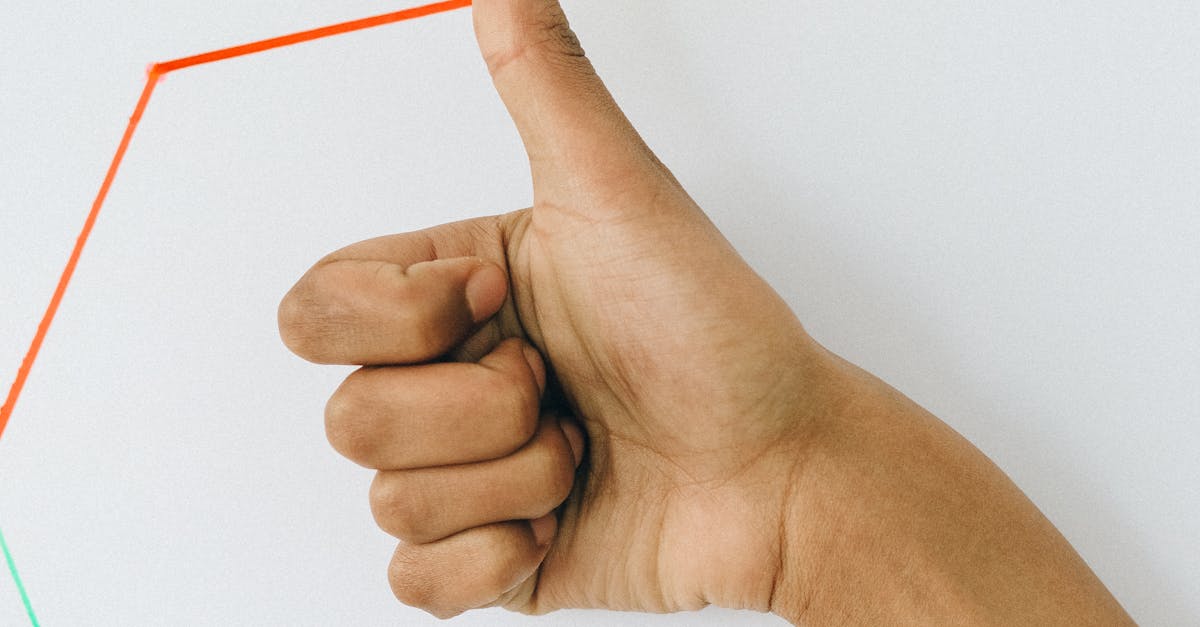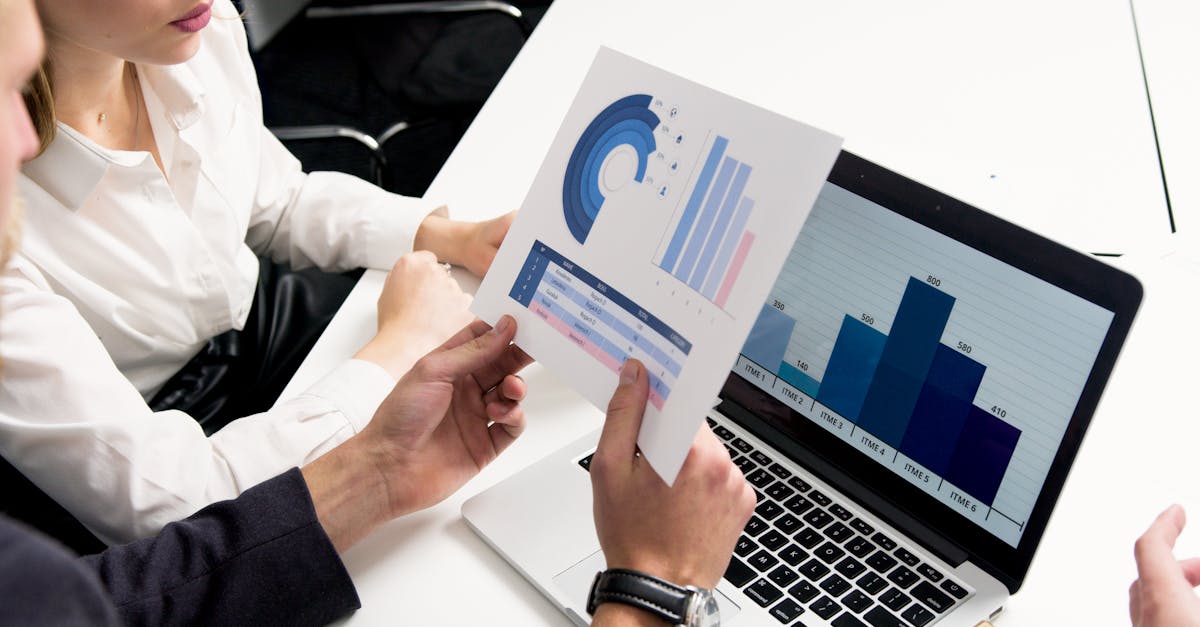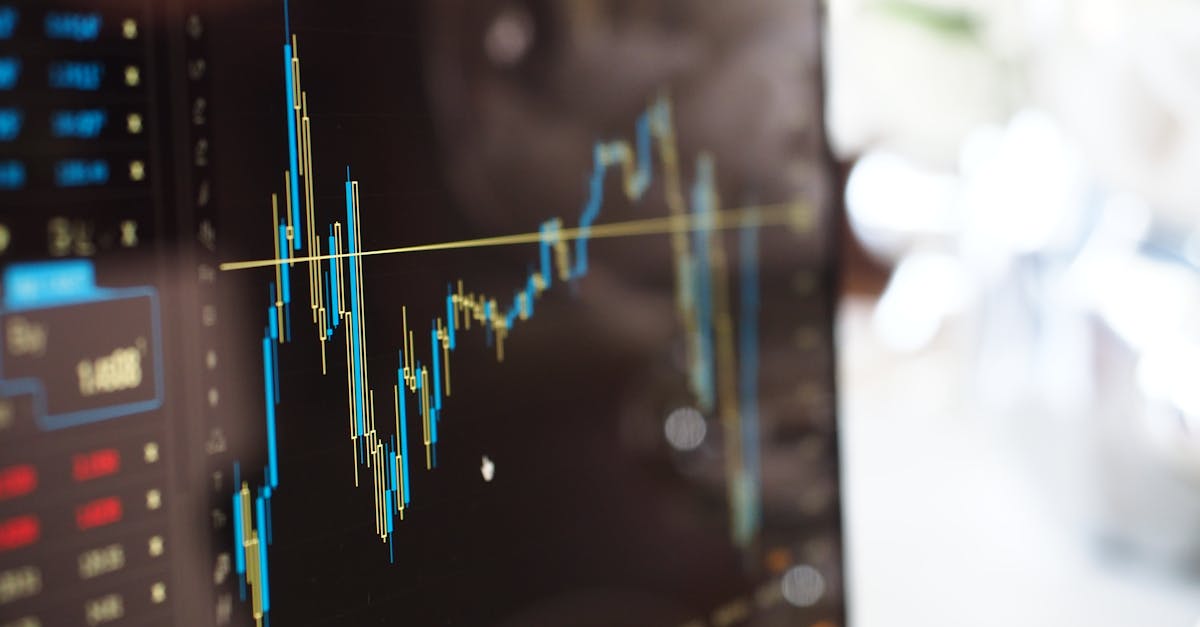
Table Of Contents
Tools and Platforms for FX Trading
In the realm of FX trading, access to the right tools and platforms plays a significant role in determining success. Traders typically utilise various online platforms that offer real-time data, advanced charts, and customisable indicators. These platforms may vary by features, interface design, and the range of currency pairs available for trade. Selecting a user-friendly platform can boost a trader's confidence and efficiency, allowing them to make informed decisions based on market movements.
Additionally, a reliable trading platform should provide robust security measures, ensuring the safety of funds and personal information. Many traders also evaluate platforms based on their commission structures, spreads, and customer support services. Using demo accounts can be an effective way to assess these platforms without financial risk, helping traders gain familiarity with the system before committing to live trades. Understanding these tools is essential for anyone looking to engage in FX trading.
Choosing the Right Trading Platform
Selecting the right trading platform is crucial for anyone interested in FX tading. Traders should consider factors like user interface, ease of navigation, and the tools available for analysis. Many platforms offer demo accounts that allow users to explore their features before committing real funds. This practice can help potential traders gauge the suitability of a platform based on their specific needs and trading style.
Additionally, it's important to evaluate the fees and commissions associated with different platforms when engaging in fx trading in Australia. Some platforms may present lower upfront costs, but hidden fees can quickly add up over time. A comprehensive understanding of the pricing structure is essential to maximise profitability. Furthermore, ensuring that the platform is regulated adds a layer of security and transparency, which can be particularly reassuring for new traders navigating the complexities of foreign exchange markets.
Risk Management in FX Trading
Effective risk management is crucial for success in fx trading in any market. Traders must identify potential losses and develop strategies to mitigate them. This involves setting stop-loss and take-profit orders, which help to protect capital while allowing for profit-taking as trades move in the desired direction. Moreover, diversifying trading positions across different currency pairs can minimise the impact of adverse movements in any single market.
Another key aspect of risk management in fx trading is position sizing. Determining the appropriate size for each trade based on account equity and risk tolerance can safeguard against significant losses. Experienced traders often use a percentage of their capital as a guideline for how much to risk on each trade. This disciplined approach not only protects funds but also fosters a more sustainable trading practice over time.
Most prop traders risk far too much, thereby increasing the chances of loosing the account. The suggestion from online Gurus social media platforms, is to risk 1-2% of the account balance on each trade. However this assumes you have a winning strategy and are not just gambling or guessing. It also assumes you have some experience to navigate the emotional ups and downs of a traders day to day working life.
Some of the most successsful prop traders that get payout after payout only risk at most 0.5% on any one trade and generally no more than 2% in any one day. Some traders who are succesful have rules like stop trading for the day when a 3% gain is reached or if two losses in a row are sustained. Protection of capital should be the number one focus of the successful prop trader.
Strategies to Mitigate Trading Risks
Adopting specific strategies is essential for mitigating risks in FX trading in today’s volatile markets. One effective method involves setting clear stop-loss orders, which automatically close positions when losses reach a predetermined level. This tool helps protect your capital and enables you to maintain discipline rather than reacting emotionally to market fluctuations. Additionally, diversifying your trading portfolio can spread risk across different currency pairs, preventing heavy losses from any single asset.
Another strategy is to stay informed about economic indicators and geopolitical events that could impact currency values. Understanding how interest rates, inflation reports, and political developments affect the forex market provides traders with a solid foundation for making informed decisions. Regularly analysing market trends and employing technical analysis can also enhance your ability to anticipate price movements, allowing for more strategic entries and exits in your FX trading in Australia and beyond.
Time Commitment for FX Trading
The time commitment for FX trading in Australia can vary significantly depending on an individual’s trading style and strategy. Some traders engage in day trading, which requires constant monitoring of market fluctuations throughout the day. Others may prefer a swing trading approach, allowing them to hold positions for a few days or weeks. Understanding when to trade and how long to dedicate to market analysis can greatly influence overall success.
Additionally, the time invested in education is crucial. Aspiring traders should familiarise themselves with market dynamics, technical analysis, and risk management. This foundational knowledge will help streamline decision-making during trading hours. Allocating time for practice through demo accounts is also beneficial in honing skills without financial risk.
How Much Time Do You Need to Invest?
The time commitment for fx trading in today's fast-paced market can vary significantly from one trader to another. Some individuals prefer to dedicate several hours each day to analyse charts, monitor trends, and make informed decisions. Others may opt for a more casual approach, checking their positions and market movements just a few times a week. Understanding your personal availability and trading style is crucial in determining how much time you need to invest in fx trading in order to achieve your goals.
Balancing time with commitment involves not only learning the technical aspects of trading but also staying informed about global events that impact currency movements. Maintaining a consistent trading routine and setting aside specific times for research and analysis can enhance your trading effectiveness. This strategic scheduling allows you to stay connected to the market while accommodating other life responsibilities.
FAQS
Is FX trading suitable for beginners?
Yes, FX trading can be suitable for beginners, but it is essential to educate yourself on the basics, market dynamics, and trading strategies before getting started.
What tools do I need for FX trading?
You'll need a reliable trading platform, technical analysis tools, and risk management software. Many platforms offer built-in features to assist traders in managing their investments effectively.
How important is risk management in FX trading?
Risk management is crucial in FX trading as it helps protect your capital from significant losses. Implementing strategies such as stop-loss orders can help minimise risk.
How much time should I dedicate to FX trading?
The time commitment for FX trading can vary depending on your trading style. Some traders may spend a few hours a week, while others might dedicate several hours a day. It ultimately depends on your goals and strategy.
Can I make a living from FX trading?
While it is possible to make a living from FX trading, it requires a deep understanding of the market, consistent strategy, and effective risk management. Many traders start part-time before transitioning to full-time trading.




